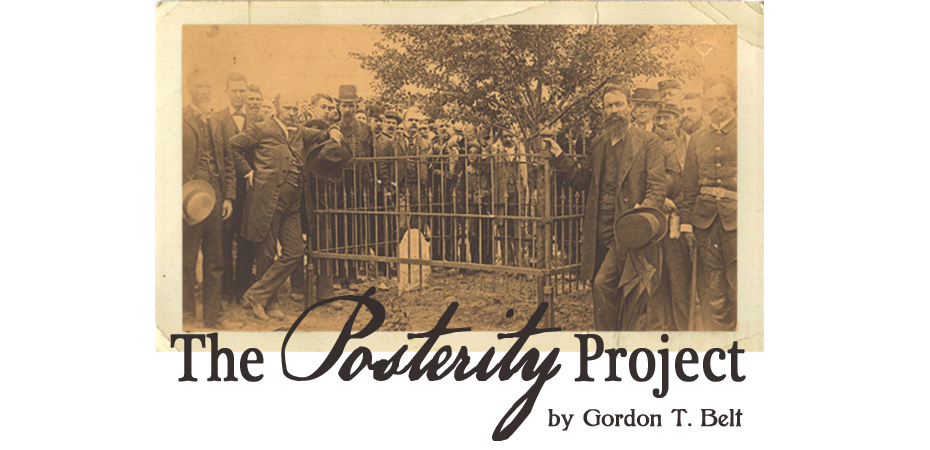Illustrator Dean Cornwell also helped shape the public memory of Tennessee's early history and John Sevier's role in it. A prolific artist of the early twentieth century, Cornwell illustrated several works for a wide variety of magazines and advertisers and painted more than twenty murals for various public institutions. In the process, Cornwell became one of the nation's most popular and famous muralists.
In Tennessee, Cornwell painted several extraordinary murals during the Great Depression. In 1937 Cornwell painted an Art Deco style mural for the Davidson County Courthouse which one scholar described as one of the "most important Public Works of Art projects in Tennessee." For that work, Cornwell chose a scheme of four allegorical figures in heroic poses to represent themes of Agriculture, Industry, Commerce, and Statesmanship -- a consistent artistic theme that carried over into two of his later works located within the John Sevier State Office Building in downtown Nashville.
 |
| In this allegorical depiction of early Tennessee history, John Sevier is the central figure in Dean Cornwell's colorful mural, The Discovery of Tennessee. Author Photo. |
In 1941, Cornwell painted The Discovery of Tennessee and The Development of Tennessee in the grand entrance to this New Deal era structure. The murals, located on opposing walls of the building's grand entrance, depict two distinct phases of Tennessee history. On one mural Cornwell's artistic vision of early Tennessee history surrounds John Sevier dressed in full Revolutionary War uniform and flanked by a patriotic thirteen-star American flag. Cornwell positioned Andrew Jackson at the center of the mural located on the opposite wall surrounded by similar depictions of Tennessee history from the nineteenth and early twentieth century.
Known for his extensive research into the history and geography of his subjects, Cornwell took great pains to present his artistic vision of Tennessee's past as historically accurate as possible. The detail found in Cornwell's artwork is striking, right down to the stitches in the clothing painted on the walls of this vast mural. Cornwell's work evokes feelings of power and nostalgia for a patriotic past, something America needed in this particular time of economic uncertainty.
 |
| One half of Dean Cornwell's mural located in the lobby of the John Sevier State Office Building in Nashville, Tennessee. On the left, Cornwell poses for a photograph with his artistic vision of Andrew Jackson and Tennessee History in this image from the Tennessee State Library and Archives, Record Group 82, Department of Conservation Photograph Collection. |
The fact that these two murals face one another seems somewhat ironic considering the personal animosity that existed between Sevier and Jackson. Yet upon reflection, I think Cornwell's positioning of these historic icons accurately portrayed public sentiment toward these two towering figures of the "Volunteer State." The writer E. E. Miller once said of Tennesseans, "We have had no real State hero since the pioneer days. The list began with John Sevier and ended with Andrew Jackson." I think Cornwell would likely agree with Miller's statement and perhaps sought some sort of artistic validation for Miller's words in the creation of this historic mural.
The John Sevier State Office Building stands as a historic reminder of the New Deal era architecture that brought stability to a chaotic world mired in a Great Depression. Sadly, the architectural legacy left behind by this building, and the mural within it, have been long forgotten by those who prefer the modern efficiencies of the twenty-first century workplace. Those of us who appreciate Tennessee's historic buildings, on the other hand, certainly hope and pray that this building, and others like it, survive society's inevitable move toward modernity.
Gordon Belt is an information professional, archives advocate, public historian, and author of The History Press book, John Sevier: Tennessee's First Hero, which examines the life of Tennessee's first governor, John Sevier, through the lens of history and memory. On The Posterity Project, Gordon offers reflections on archives, public history, and memory from his home state of Tennessee.
SELECTED SOURCES:
"A century of progress: twentieth century painting in Tennessee." Tennessee Historical Quarterly, Spring 2002, Volume LXI, Number 1. pp. 25-26.
Walt Reed. The Illustrator in America, 1880-1980: A Century of Illustration. New York: Published for the Society of Illustrators by Madison Square Press, 1984, p. 119.
"Dean Cornwell." Retrieved July 12, 2014, from the Tennessee Encyclopedia of History and Culture.
"Dean Cornwell: American Imagist." Retrieved July 8, 2014, from the National Museum of American Illustration.

